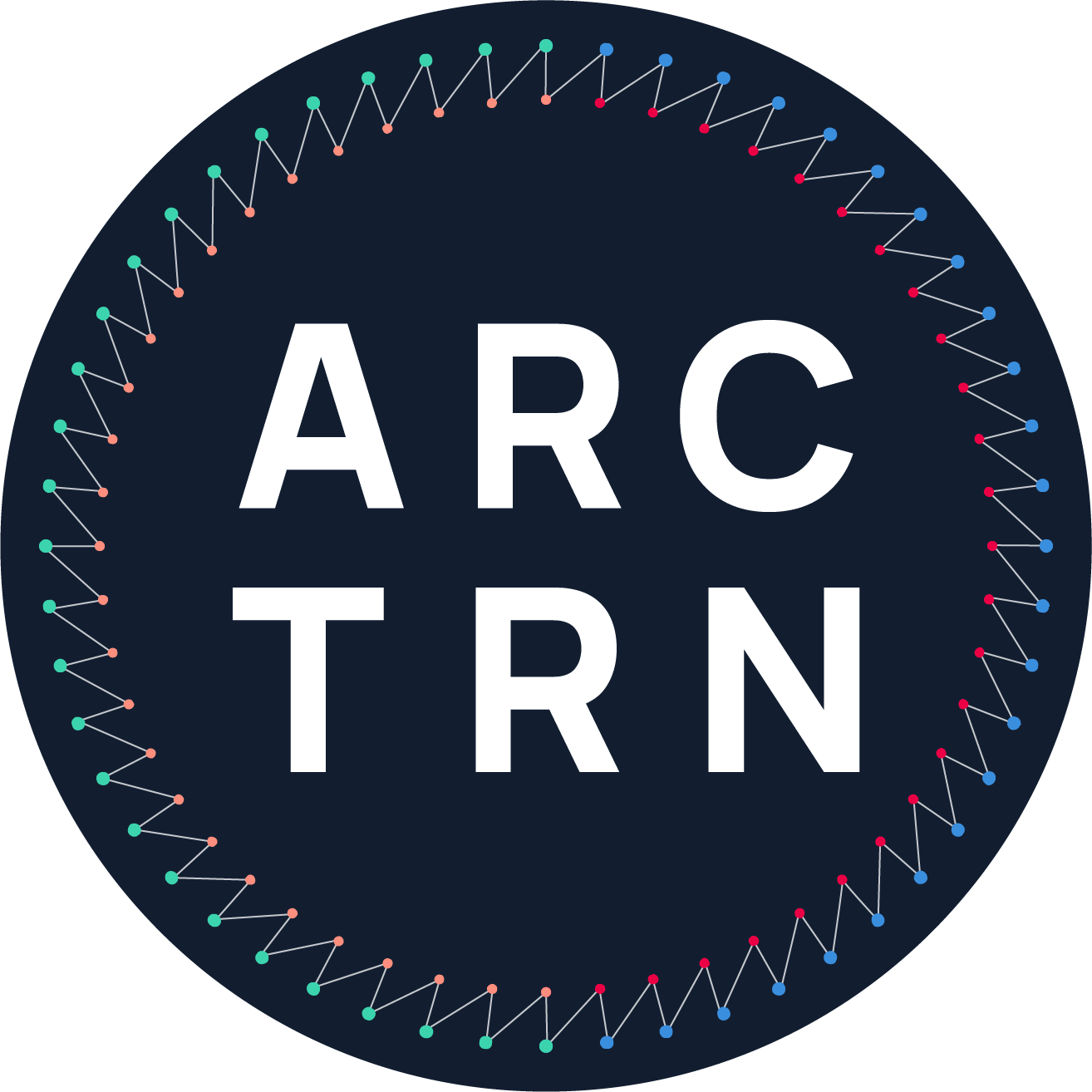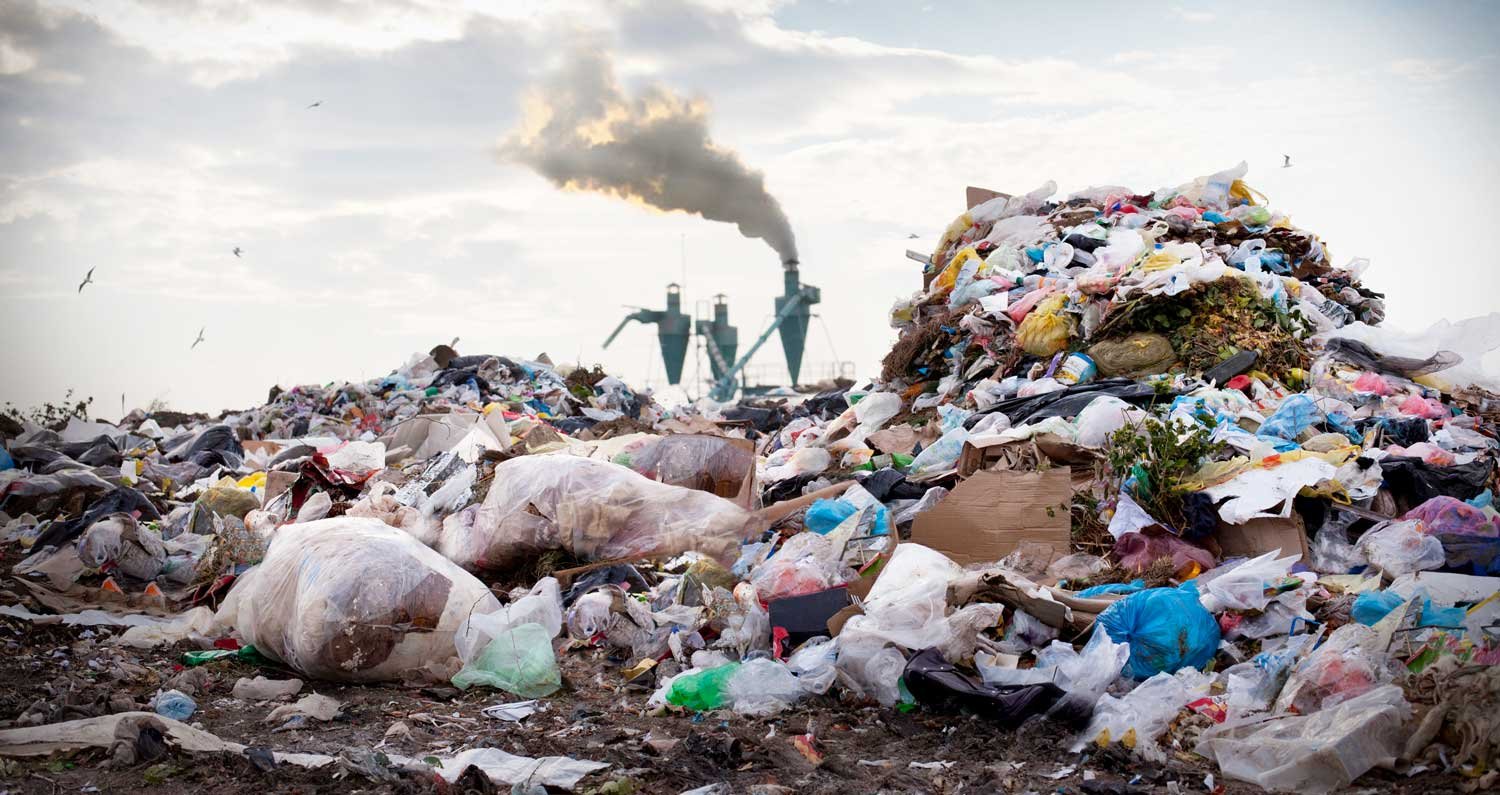
The Tale of Single-Use Plastics
A Story Worth Telling
March 2, 2022, is a day to remember. A milestone in the global fight to end – or at least curtail – the scourge of plastic pollution on our planet. On that day, the fifth session of the UN Environment Assembly (UNEA-5.2) reached a historic international agreement in Nairobi, attended virtually and in person by more than 5,000 people, to take the first step toward reaching a legally binding multilateral environmental treaty on plastic pollution.
While just the beginning, it nevertheless does signal the beginning of real international commitment and cooperation to address the plastics life cycle, with the end goal of containment in the economy and out of the environment. Now the International Negotiating Committee is getting started on its deliberations (in the second half of 2022) with the goal of completing its work by the end of 2024.
Plastic has plenty of valuable uses, but the truth of the matter is we’ve become addicted to single-use plastic products in our lifestyles, and the environmental consequences of our obsession are severe. Around the world, an estimated one million plastic bottles are purchased every minute, and up to five trillion plastic bags get used every year. And fully one-half of all plastic produced is designed to be discarded after just a single use.
Look around and you’ll see plastics and microplastics are everywhere. You’ll find them at the top of Mount Everest and in the depths of the Mariana Trench. From humble beginnings in the 1950s, the use of plastics since then has increased exponentially. In the early 2000s, plastic waste rose more in a single decade than in the previous 40 years. And today, we produce about 300 million tonnes of plastic every year. According to the UN Environment Programme, that’s almost the equivalent of the weight of the entire human population.
Changing the Relationship
It goes without saying that we have to change our cavalier relationship with plastic. We need to slow the flow of it at the source and improve the way we are managing the process of our plastic waste. Right now, far too much of it – about seven billion tonnes generated globally so far – is ending up in our environment. And, despite current efforts, a whopping 75 to 199 million tonnes of plastic is ending up in our oceans. Unless we change our ways – and soon – it is going to get far worse with the amount of waste entering aquatic ecosystems tripling from the 9-14 million tonnes per year in 2016 to a projected 23-27 million tonnes by 2040.
The fact is plastic is highly durable and strongly resistant to degradation, which means it can take literally centuries to fully break down in the environment. Most plastic items never really disappear, they just break down into smaller and smaller pieces. And while the full impact on human health is still unknown, there’s substantial evidence that plastics-associated chemicals such as methyl mercury and flame retardants make their way into the body and are linked to health issues.
In 2022, it seems we’re finally waking up to the problem. Governments, the plastics industry and all the rest of us with a stake in our planet’s future are starting to take the matter seriously. But it’s only a beginning and a lot more needs to be done if we’re to achieve real systemic change, which is why UNEA-5.2 is a big deal. Governments need to step up and match this initiative by doing a lot more to eliminate the plastic products that we don’t need, particularly when they’re those in conflict with sustainable alternatives that are coming on stream.
The plastics industry also needs to pick up the pace of meaningful change by doing more to scale back on excessive packaging and focusing on product design that emphasizes sustainability and reusable products. And there’s a lot more than everyone else – individuals, households, businesses and communities – can do to turn the tap off on plastic pollution. A host of things that we can all do to change behaviour and make our voices heard so we can make a positive impact when it comes to reducing our plastic footprint.
Telling the Story
Storytelling and creating our own oral history allows us to make a statement about who we are. Our stories give us the power to shape narratives and transmit meaningful information about our values and influence our social behaviour. In today’s Information Age of Information (and its overload), stories are a powerful tool for helping us to sort through endless data, giving us context and perspective that helps us better understand our experiences.
Data increasingly dominates our design landscape. As designers, it’s part of the job description to be data-literate as information and user-centred design permeate the guardrails of our practice and dictate our expertise. This is our new reality and we need to work within it if we’re to continue delivering innovative designs and more inspiring life experiences for our users.
ARCTRN has enthusiastically taken on this challenge. We’ve adopted a user-centred methodology as the guiding principle for crafting digestible human stories with actionable insights from data. This process allows us to strengthen our relationship with information, so we can better understand it and make it more productive in our daily experience. In essence, we’re creating a compelling narrative to capture the human imagination far more effectively than facts and figures alone could ever possibly do.
One of our first field projects was ARCTRN’s recent Just Stop. Just Start. campaign targeting single-use plastics in our daily lives. Distributed through social media, its message was simple: get our narrative out there to empower people in the community to think about single-use plastic products and take action that will make things better. In other words, we’re asking them to “Stop what they have been doing, and Start doing something else” – because it’s the right thing to do and it is good for the environment.
The campaign is the brainchild of ARCTRN’s creative team which conceived Just Stop. Just Start. as an open-ended story without an end. One that will keep evolving and shifting over time with different elements to match changing circumstances and everyday activities but always with the same message.
ARCTRN stories have the power to communicate information that’s relevant, transformative and inspirational. As Just Stop. Just Start. proceeds to unfold, it’s going to tell different morsels of the single-use plastic story and why we have to do something about it. Each successive iteration – or instalment – looks at a different facet of the problem and its impact on our personal experience. The common denominator with each one is its power to teach, motivate and inspire us to take action.
And, hopefully, we’ll all learn from it.
See our images here: https://www.instagram.com/arc_trn/

